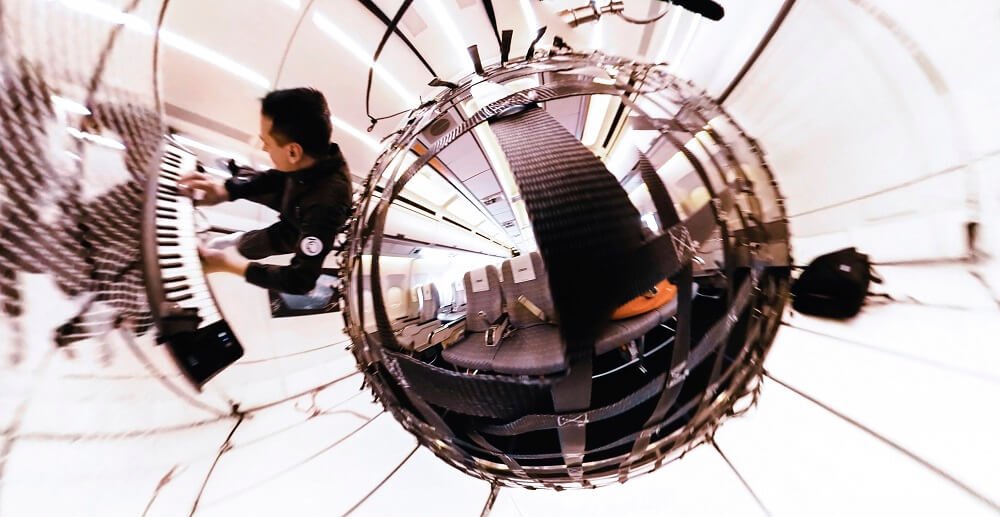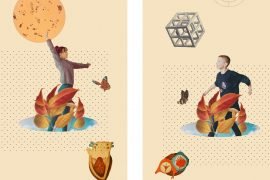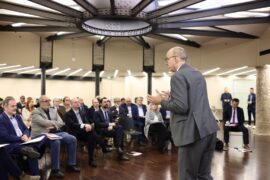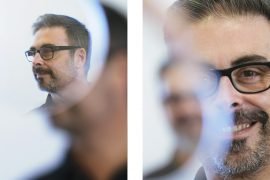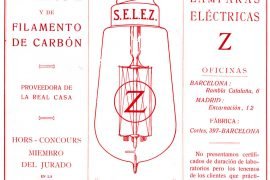We are in the midst of the technological revolution of space with the ultimate goal of sending humans to live outside of planet Earth. How will art and its perception change when we are no longer restricted by the physical laws planet Earth imposes on us? It’s time to investigate and experiment its potential cultural implications. This is the starting point for the Zero-Gravity Band, a project that asks questions and jumps forward in time to talk about music and art in weightless space. “If we eliminate gravity during the creative process, we realise that the way we create music and art changes completely,” explains Marc Marzenit. He is a producer and composer of electronic music who, with City University of London researcher in cognitive sciences Albert Barqué-Duran, has created this project that will come to light at Sónar 2018. Recent research by Dr Elisa R. Ferrè, professor in the Department of Psychology at the Royal Holloway University of London, on how humans perceive and experience aesthetics in microgravity environments has also inspired this project, promoted by the Quoartis Foundation.
Humans first went to the moon more than half a century ago, and we’ve also sent ships to Mars, but outer space has always been seen as inhospitable to life. “In a place without gravity, oxygen or protection from radiation, we think humans can’t survive. However, recent advances are changing this perception and presenting the Universe as a place full of spots that could be more or less inviting,” explains Marzenit. The Zero-Gravity Band wants to show them through a 360º immersion experience, which will take place at the Sónar electronic music festival and aims to create sensations of weightlessness through sound. On the same year the festival is celebrating its first quarter century, its more theoretical brother (Sónar +D) is looking forward 25 years to imagine what the artists of the future will be like. As if we found ourselves in the year 2043, inspired by creativity that defies space and time, they will record music in space, use nano-satellites and play with virtual bandmates, the children of artificial intelligence. Welcome to the ‘extra-terrestrial’ avant-garde of music.

“With Albert, we came up with this idea during previous festivals. Albert did a project that showed the creation of an artificial muse through an artificial neural network. And from there we got in touch with Elisa, our scientific partner, who contributed the theory for this current project,” the Lleida-born music producer remembers with a smile. And from there to Bordeaux, where they did the first zero-gravity flight simulation. “One of the things that changes the most is that your body weight and the perceptions you had before disappear. The same thing happens with instruments; you can’t play a piano or drum set like we do on Earth. How you compose changes a lot because you need other tools, like a sensor ring I used on the flight in Bordeaux that allowed me to control and manipulate the sounds I was creating with a keyboard,” explains Marzenit.
So, they use an instrument specially created to be played in space, called the Telemetron. This device was created by architect Nicole L’Huilier, a research assistant in a group studying musical expression beyond the limits of the atmosphere at MIT (Massachusetts Institute of Technology). “This research runs parallel to what we’re doing with Elisa and it was very interesting to see that we have had similar problems, made similar mistakes. In addition to the results of the predictions as to how their instrument designed to compose and play music without gravity would interact in those conditions. I designed my own prototype, the Savnac, to paint in space,” explains researcher and artist Albert Barqué-Duran.
Artistic expression is another key element of the Zero-Gravity Band. Barqué-Duran’s proposal was to build a prototype called ‘S A V N A C’, which is canvas spelled backwards. This prototype aims to be a classic cloth redesigned in 3D, adapted to be manipulated and perceived in a 360º floating environment and to allow the artist to create ephemeral artwork in zero gravity.

These concepts may seem extravagant, but they run alongside other initiatives that are drawing closer and closer to reality, like space tourism and missions to exploit the resources available on other planets and comets, among others. Everything points to greater human presence in space in the near future. To continue down this path in the world of art, the next step the Zero-Gravity Band would like to take is another zero-gravity flight with the whole plane to be able to conduct the scientific and artistic tests they have pending. “In short, continuing our research and raising funds to pay the €200,000 an experience like this costs,” says Marzenit. No one ever said space gigs would be cheap.

